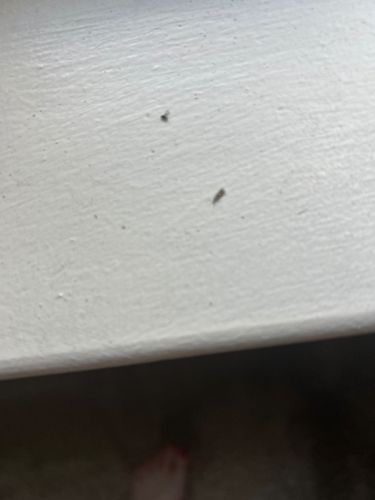Fungus Gnat
Scientific Name: Bradysia spp. (most common genus, but many species exist)
Order & Family: Order Diptera, Family Sciaridae or Mycetophilidae
Size: 2-8 mm (adults); larvae are translucent with a black head, up to 6 mm long

Natural Habitat
Commonly found indoors around houseplants, greenhouses, and other moist environments with decaying organic matter, such as potting mix, compost, or water-damaged areas. Outdoors, they can be found in damp, shady areas with decaying plant material.
Diet & Feeding
Larvae primarily feed on fungi, decaying organic matter, and sometimes plant roots, especially in conditions of overwatering or poor drainage. Adult fungus gnats do not feed on solid food and have a short lifespan, mainly focusing on reproduction.
Behavior Patterns
Fungus gnats are attracted to moist environments and decaying organic matter. Adults are not strong fliers and tend to stay close to potted plants or other breeding sites. Larvae live in the soil and feed on fungi and decaying plant material.
Risks & Benefits
Potential risks include being a nuisance pest indoors. Large infestations of larvae can damage the roots of seedlings and young plants, leading to wilting, stunted growth, or even plant death. They do not bite humans or animals and are not known to transmit diseases. There are no significant benefits associated with their presence in indoor environments.
Identified on: 8/25/2025